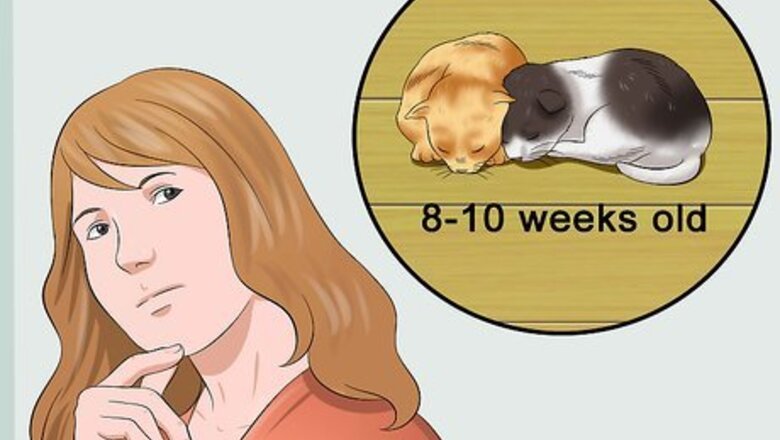
views
Preparing to Wean a Kitten
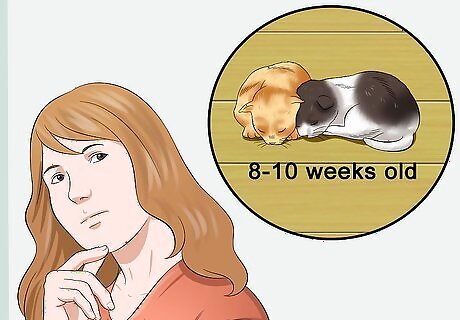
Determine when to wean your kitten. The weaning process begins when kittens are around four weeks old. For most kittens, this process is usually completed when they reach eight to ten weeks old. Once a kitten has opened its eyes, is able to focus, and can walk steadily, you can begin the process. At around 10 - 14 days, a kitten's eyes and ears start to open. Between 2 -3 weeks they start to stand and take wobbly steps, building up their muscles, and learning to walk. During this time, they still get all their nutrition from mother's milk. Once a mother sees that their kitten is mobile, they'll begin the weaning process themselves in the wild.
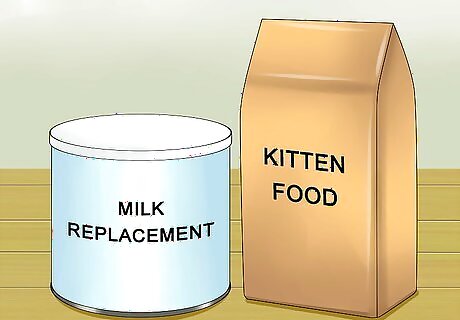
Purchase the necessary nourishment. When you first start weaning your kitten off of its mother's milk, you'll want to buy milk replacer. It is designed to replicate the nutritional value and to a degree the taste of its mother's milk. You'll also want to be sure to purchase high-quality cat food, which will be introduced to the kitten gradually. A good rule of thumb is to see if a meat is listed first on its ingredients. This will mean that the food has a higher percentage of protein, which growing cats need to be healthy. Do not give your kitten cow's milk. This is not a suitable replacement because your kitten's stomach cannot process it. The kitten will end up with diarrhea.
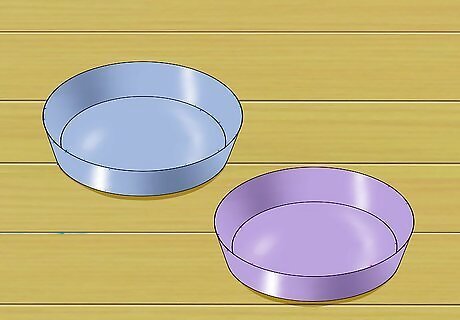
Buy a shallow food and water dish. Ceramic or plastic bowls work equally well. Make sure that your kitten can easily reach the bottom of the bowl. Your kitten will take to its milk replacer and other foods much easier if it can lap its food up easily.
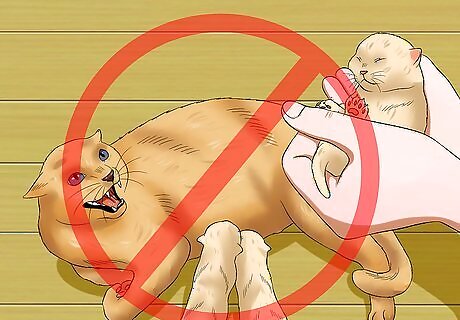
Do not abruptly remove your kitten from its mother if you can. Kittens, like children, learn through observation. Your kitten will observe its mother eating, using the litter box, and playing. It will then replicate much of this behavior. If you have both the mother and her kitten, try to keep them together as long as possible - or at least until the 10 weeks mark. They will naturally separate over time. It is ok to separate them for a few hours a day at around four weeks. Make sure that they have their own litter box and food/water bowls. Eventually, your kitten will become more independent and will willingly chose to be away from its mother. Do not worry if your kitten has been orphaned. Your kitten has strong instincts when it comes to self-preservation. It will figure out a way to feed itself, even if its mother is not present. Most people that raise orphaned kittens choose to wean them onto solid food early, at around four weeks or so. At this point the kitten's stomach has developed to the point that it can process solid food. It just needs to be taught to eat solid food.
Weaning Your Kitten
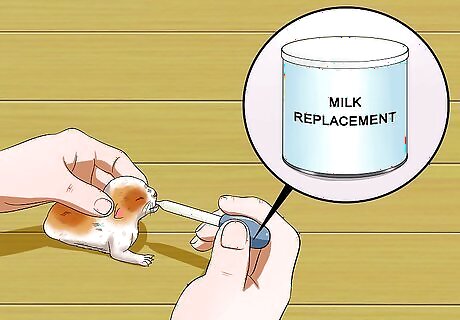
Present your kitten with replacement milk. At first, your kitten will need about four to five meals a day. Give them around 1/3 cup of replacement milk and kitten chow for each meal. They'll be fine to go through the night without a meal, but if you hear them making noise, it is ok to leave them some extra food before you go to bed. If you have a newborn that's been removed from its mother, you'll need to replicate the suckling nature of its normal feeding time with an eye dropper. Fill the eye dropper with the replacement milk you've purchased. Hold the kitten securely and then slowly add a few drops of milk into the kitten's mouth at a time. Alternatively, some people dip their finger in the milk and let the kitten lick it off this way.
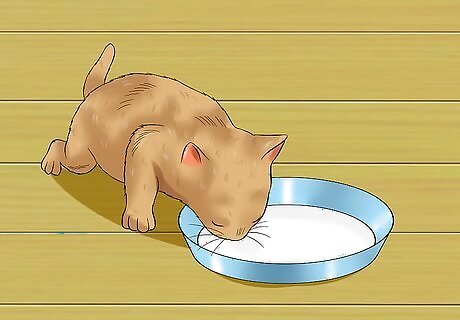
Acclimate the kitten to bowl feeding. This may be a difficult process for your kitten. If it is used to suckling milk from its mother, it will find the bowl a strange substitute. Simply show the kitten where the milk is. Dip your finger in the bowl and present it to the kitten. It will eventually recognize the scent and will explore it further. Refrain from pushing the head of the kitten into the bowl. Doing so could cause him to inhale the milk, which could lead to lung issues. If the kitten is initially reluctant, return to dropper feeding or to his mother. However, begin every feeding by offering the bowl first to encourage the kitten to drink from the bowl.
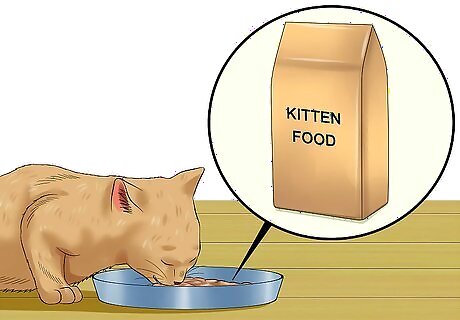
Introduce solid food. Once the kitten is accustomed to lapping from the bowl, offer a gruel mixture. To make a gruel, mix a ground high quality kitten food with the milk replacer. The initial consistency should be similar to oatmeal. Many people use a blender to mix their cat food with the milk replacer. You can introduce your kitten to this gruel and other moist foods around five to six weeks.
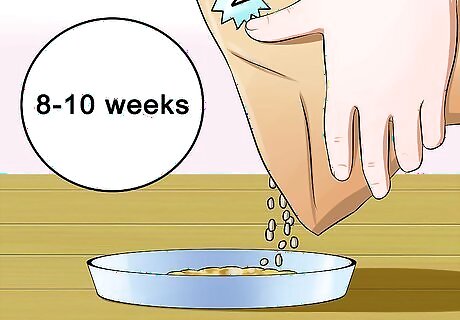
Transition to solid food around eight to 10 weeks. Eventually stop providing gruel and, instead, offer well moistened kitten food. When you switch to the kitten food, make sure you provide a separate bowl of water for the animal. To complete the transition, moisten the kitten food less and less until it is accepted by the kitten in its original consistency. A bowl of water should always be available next to the food dish. Make sure that your kitten has the opportunity to eat around four times a day until it is six months old. At this point, it is ok to transition them down to two meals a day. Talk to your vet about feeding methods. Some vets promote the "ad lib" or "free feeding method" over the scheduled feeding routine. Proponents of ad lib feeding argue that it accommodates persnickety eaters - or those cats who won't eat at scheduled times. In general, if this seems to make your kitten/cat happier, it is ok. If your kitten turns into an overweight cat, you might consider going to a scheduled feeding schedule to limit the amount of food they consume a day.















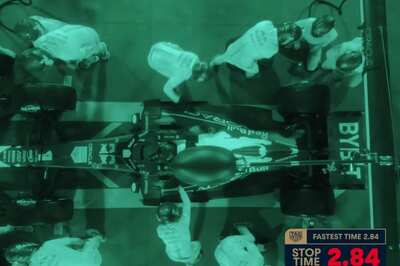




Comments
0 comment